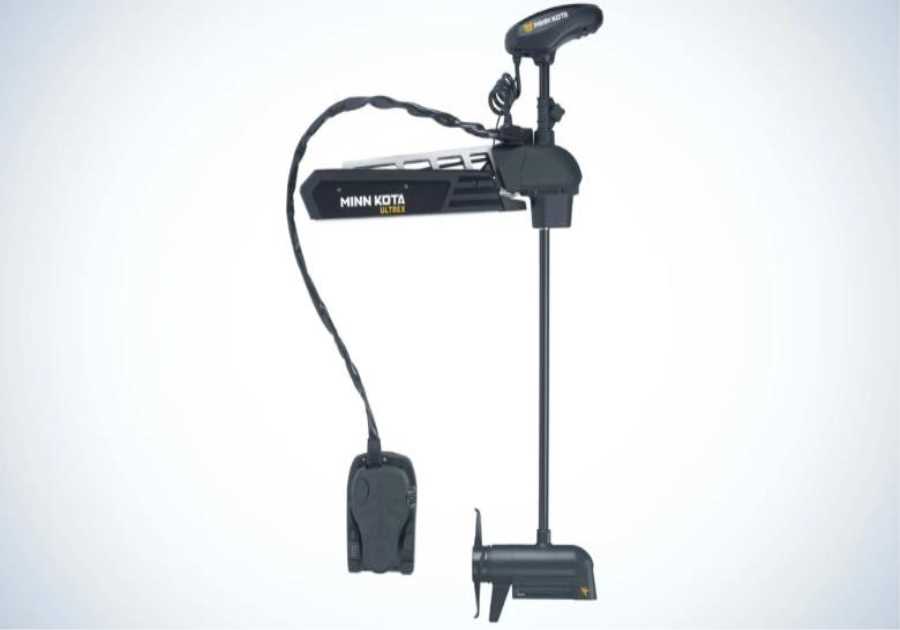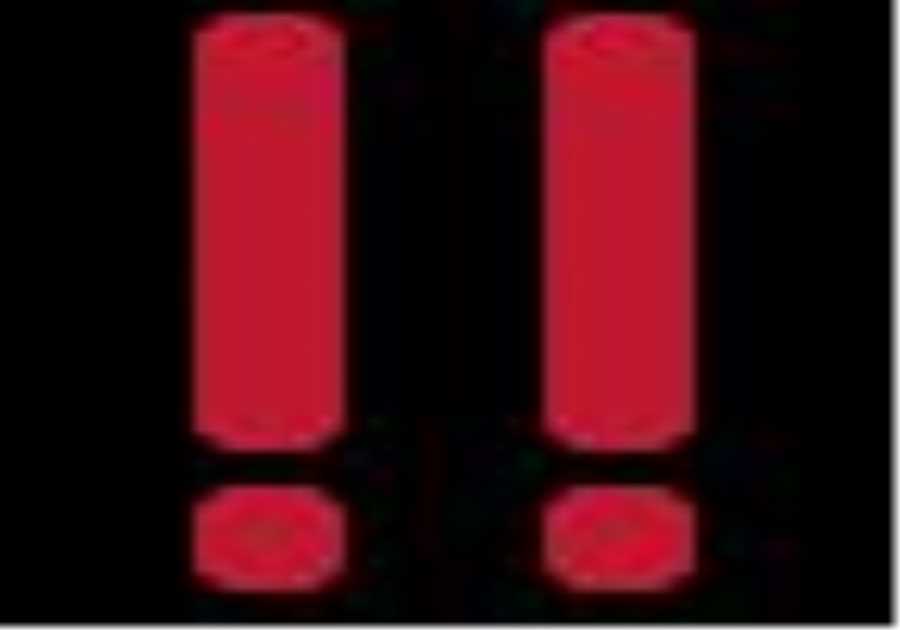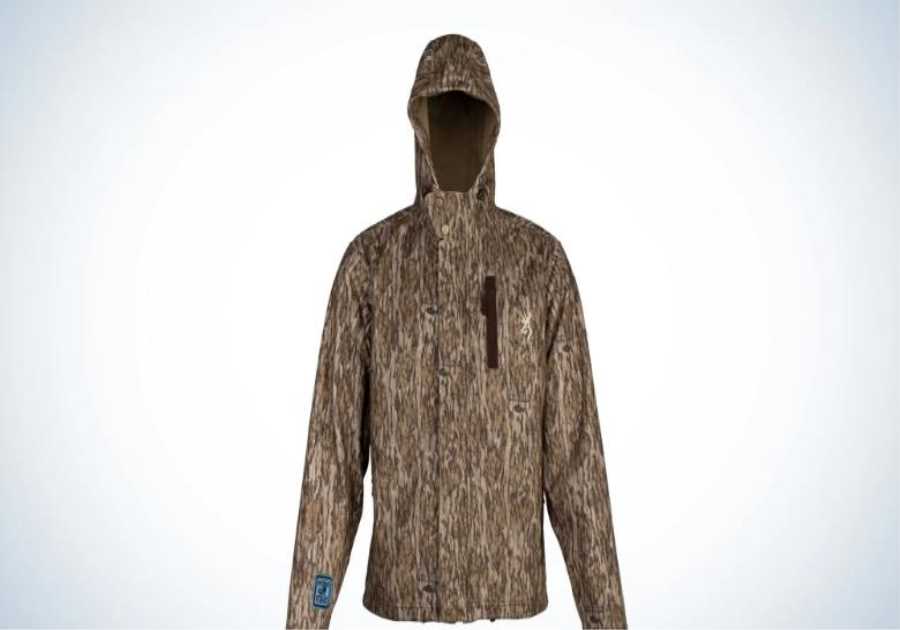||
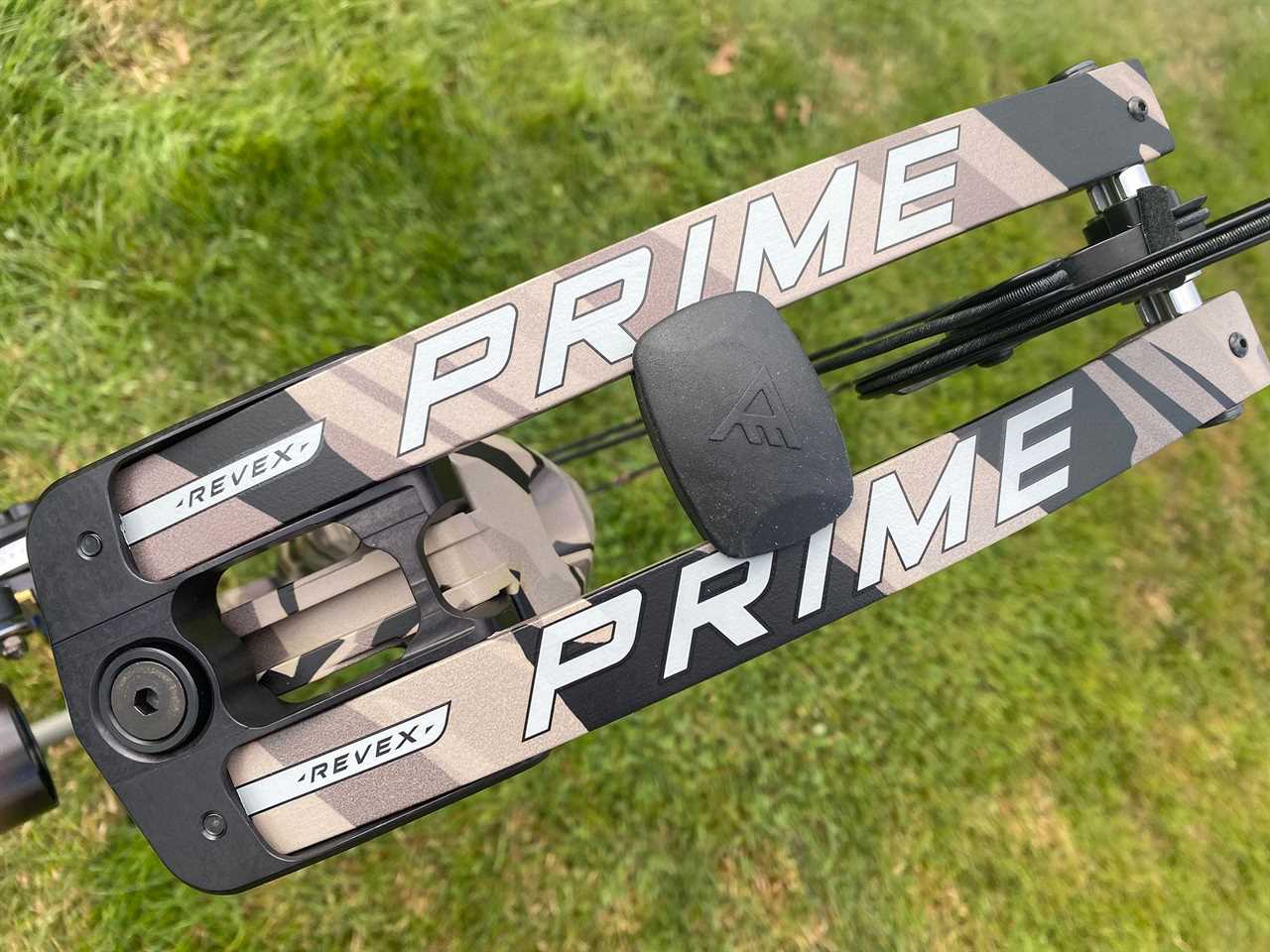
We may earn revenue from the products available on this page and participate in affiliate programs. Learn More ›
Last year Prime went away from their signature parallel cam design to their new Inline cam. This year, their new bow is ditching the old cam in favor of a new design, and once again, I like the new cam better than the predecessor. The Revex is Prime’s 2023 flagship hunting bow and it bucks the adjustability trend for a cam system that requires changing modules in order to change draw length.
But Prime said it decided to go back to fixed modules in order to achieve peak performance at all draw lengths, and it resulted in my favorite Prime bow to date. The Revex 4 that I shot was smooth drawing, produced decent arrow speed, held steady at full draw, and was whisper quiet with very little vibration at the shot. Historically, I would say I have not been a big fan of Prime bows, but the Revex 4 brought me into their corner.
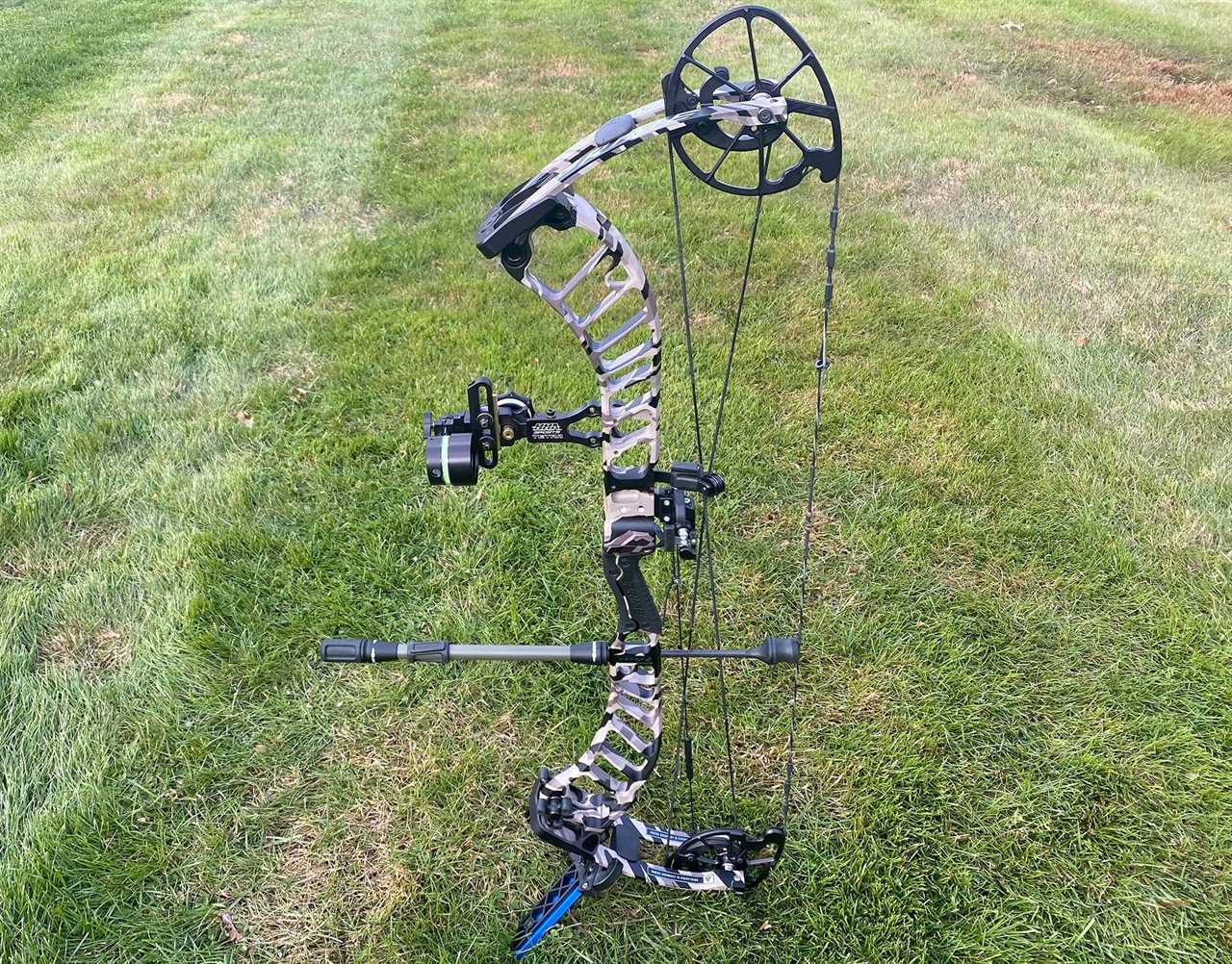
Revex 4 Specs and Features
- Axle-to-Axle: 34 inches
- Weight: 4.6 pounds
- Brace Height: 6.25 inches
- Draw lengths: 26.5 to 30.5 inches
- Draw Weight: 40 to 80 pounds
- Price: $1,299
As they typically do, Prime is offering the Revex in three lengths: 32 inches, 34 inches, and 36 inches. By doing this, Prime is offering a model for just about everyone—you’re not stuck with just one size.
For draw weights, you’ve also got plenty of options, with peak-weight offerings of 50, 60, 70, and 80 pounds. That’s going to cover a good segment of the bowhunting population as well.
The New Core Cam
The Core cam is new for Prime, but it carries over some features from the 2022 Inline cam. For starters, we have a typical binary cam system with one cam up top and one at the bottom. Looking back over the past decade, this is new for Prime, which was known from 2011 to 2021 as the company with the four-cam bows.
Prime’s parallel cam system, with two cams up top and two at the bottom, became its signature feature. Last year, Prime ditched the parallel cams for its inline system. The engineers said it achieves the same result as the parallel cams, but in a quieter, simpler system.
The Core cam is the next iteration of the Inline system. At rest, the cables sit off to the side of the bowstring. But as you draw the bow, the cables shift toward the cam so that, at full draw, both cables and the bowstring are in line with one another at the cam. Prime’s engineers say that evens the load on the cam, preventing cam lean and improving tunability.
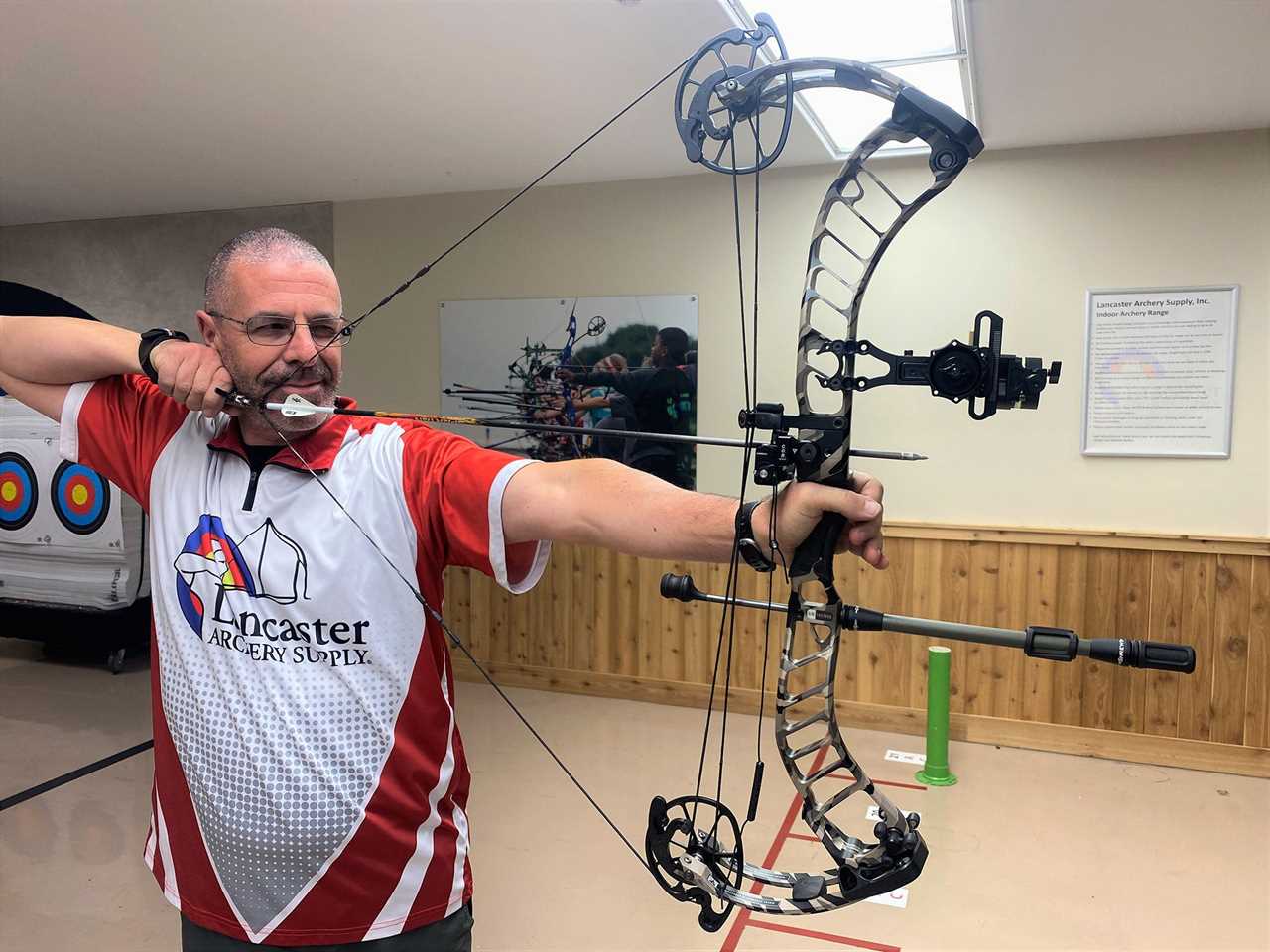
As previously mentioned, the Core cam employs modules that are draw-length specific, as opposed to adjustable, rotating modules like the 2022 Inlines have. So if you get a bow that’s set at 29 inches, then that’s all it is. You would need to change modules to change the draw length.
Engineers have long preached fixed modules to maximize efficiency at every draw length. That is, a bow with a rotating module that can be adjusted from 27 inches to 31 inches is going to get the best performance at 31 inches, but it’s going to be less efficient at 27. That’s why some manufacturers, like Hoyt, offer two different cam sizes to split the adjustable draw length range. Having two cams minimizes the efficiency loss at the low end of the draw-length range. The fixed module maintains better efficiencies across all draw lengths in a bow’s range.
That’s not to say the fixed modules are superior in every way. To change draw lengths, you have to have access to modules. If your local shop doesn’t have them for the length you want, you’ve got to go looking elsewhere. If I want to play with my draw length on a bow with an adjustable module, all I need is an Allen wrench.
Historically, bows with adjustable modules allowed draw length changes in 1/2-inch increments. Recently, we’ve seen a swing toward modules that can be adjusted in 1/4-inch increments to allow archers to really fine-tune their draw lengths with minimal cable twisting. (One way to increase draw length is to put twists into a bow’s cables, but that can adversely affect the bow’s performance.)
So as some companies are offering more draw length adjustability to bow owners, Prime is going the other direction. Again, their engineers say that’s in the name of performance. And to be honest, after a decade of working with customers at Lancaster Archery Supply—one of the biggest bow shops in the country—I can say there are many bowhunters who simply don’t play with draw length. Once it’s set on their bows, they never touch it. So while there are bowhunters who want adjustability, there are plenty who will never take advantage of that feature anyway on a bow that offers it.
Center Grip Technology
One feature of Prime flagship bows that makes them stand out is the location of the grip. The throat of the grip is the center of the bow. That’s a good bit higher than it is on other bows, which is why when you pick up a Revex, you’ll notice a lot more riser under your hand than you’ll have with other bows.
That center position makes the bows balance exceptionally well without any accessories. Prime’s theory is that the more the bow is balanced without anything on it, then the less you have to do with stabilizers to achieve balance after adding a sight, rest, and quiver.
Nano Grip
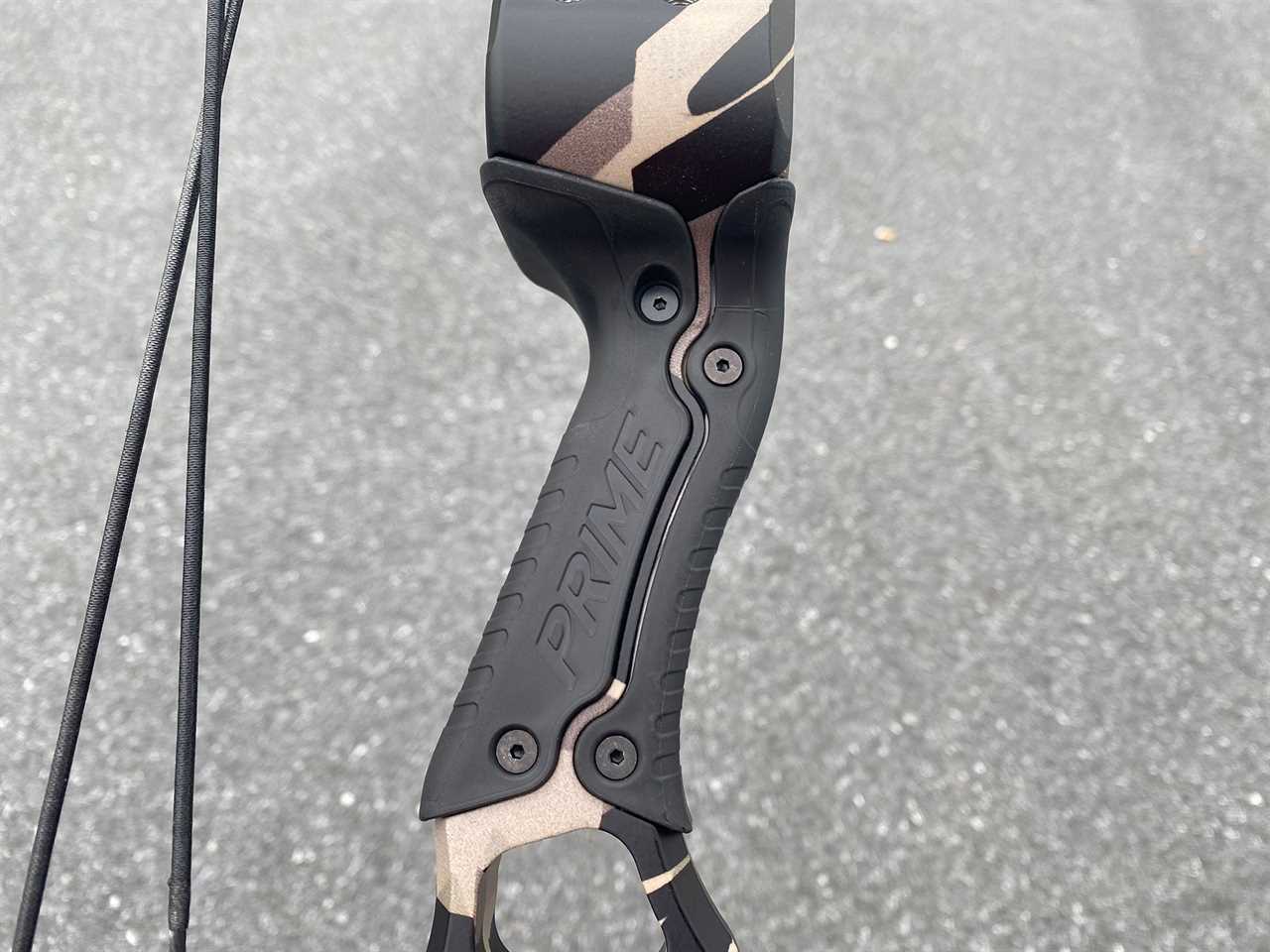
One of the most painful features of aluminum bows is often the grip. Aluminum grips get downright frigid when the mercury drops and the hunting gets good. And they will suck the heat out of your hand in seconds.
Prime’s Nano Grip is a rubber piece that fits over the riser and feels warm in its own right. Underneath the grip, Prime coats the riser with Aerogel, a NASA-created substance designed to protect against the cold. So holding the Nano grip in frosty temperatures is not a painful issue.
Swerve
Another uniquely Prime feature is the swerve, which is found on the Revex bows. The swerve is a curve in the riser below the grip that matches the one above the grip, which creates the sight window. Prime engineers say having the matching riser curve below the grip causes the riser to flex in a more uniform fashion through the shot. That helps with stability and minimizing vibration.
Movable Spacers
Short of having a proprietary tuning system like Elite’s SET or Bowtech’s Deadlock, the common method for tuning binary cam bows is to have movable spacers on the axles, which allow you to shift the cam left or right. The Revex continues Prime’s spacer system launched with the Inlines. There are three sizes. Let’s call them small, medium and large. Either you have two mediums, or a large and a small to maintain the proper spacing between the limb tips.
You need to press the bow, remove the axle and then juggle the spacers around to get the right tune. It’s a solid system, but there’s no question it’s not as user-friendly as SET or Deadlock.
Testing the Revex 4
I borrowed from Lancaster Archery Supply a Revex 4 set to a peak draw weight of 60 pounds and a draw length of 29 inches. With those specs, and shooting a hunting arrow weighing 477 grains, Lancaster Archery’s chronograph showed I was getting an arrow speed of 260 feet per second.
I would classify that as decent arrow speed. It’s not screaming fast, and it’s not dog slow. The bow’s IBO speed rating is 338 fps, which is achieved by shooting a 350-grain arrow at 70 pounds from a bow set to a 30-inch draw length.
The 260 fps I got with 10 fewer pounds of draw weight, an inch less in draw length, and an arrow that’s 127 grains heavier is not far off the bow’s rated performance. Regular readers of my reviews will recall that I’m not a speed freak. I’ll take a nice-shooting, forgiving, and accurate bow over a bow that’s simply built for speed any day.
The setup I shot produces 71.5 ft-lbs of kinetic energy. According to various charts that recommend the kinetic energy ranges needed to bowhunt big game animals, 65 ft-lbs is the peak considered necessary to bowhunt grizzly bears and cape buffalo. So it’s more than enough for whitetails and elk.
For those who are concerned with speed, I could easily get into the 280-fps range simply by cutting arrow weight. And that’s very good speed for a 60-pound bow at 29 inches.
Tuning the bow was a snap. My bow came with four medium spacers, which put the cams in the center of the limbs. I set my arrow rest so the center of my arrow was 13/16 inch from the riser. And I set my nock height, so the arrow was level from the string to the rest. My first shot through paper was perfect. I didn’t have to adjust my rest, nor did I have to swap out any spacers.
There’s no real way to test the claim that fixed-module cams maximize efficiencies across all draw lengths as compared to cams with rotating modules. To test this, you’d have to have two of the same bows, but one with a fixed module and one with a rotating module. That just doesn’t exist. But I’ve heard enough engineers from multiple bow manufacturing companies make this claim that I have no reason to doubt it.
Where the Prime Revex excels in my book is the shooting experience. I said at the beginning this is the nicest Prime I’ve ever shot. For me, the exceptional experience starts with the brace height. Prime lengthened it from last year’s 6-inch bows to 6.25 inches. That’s the sweet spot for me. It’s forgiving, without sacrificing a ton of speed. Seven inches is ideal, but that’s too much brace to produce decent speeds from hunting-weight arrows in my opinion.
So you start to draw the Revex from a comfortable position. The draw cycle takes some effort at the front end, and then the bow just glides to full draw. The cam rollover feels like a downhill run.
At full draw, Prime came up with another tweak that I like. The fixed modules have built-in draw stops. Those stops contact the cables instead of the limbs, which Primes have included in the past. I’m finding that I like cable stops more and more as time goes by. They’re not as squishy as they used to be, but they’re nowhere near as hard and abrupt as a limb stop. At full draw, the Revex is solid, but it has just the right amount of give to pull through the shot.
Speaking of full draw, the Revex held like a dream. I only put a 12-inch Shrewd stabilizer on the front, rather than my usual front-bar, side-bar setup. But it held well anyway. I think the Center Grip Technology negates the need for as much stabilizer manipulation.
Once I got this bow sighted in, it pounded the middle at 20 yards. Then I took it outside and got the same results out to 50 yards. I didn’t feel like I had to rush my shots at distance because I could feel my aim breaking down. The pin sat in the middle until I executed the shot. Now, I don’t always execute perfect shots, but that’s not the bow’s fault. The arrows hit behind the pins. That’s all I can ask.
I’m sure the 60-pound weight played a big role in my stamina, but I felt like I could shoot this bow well all day. I didn’t get fatigued, like I do with some bows with harsher draw cycles.
The final piece of the Revex shot cycle that impressed me was how quiet it was in both sound and vibration. I know the parallel-cam Primes produced substantially more of both. Last year’s Inline was better than those bows for noise and vibration, but not quite as good as the Revex.
Where the Revex Is Lacking
A trend in compound bows today is to streamline them. Bowhunters today want their rigs to have a slim profile. While the Revex has a threaded hole in the front of the riser to receive a new low-profile quiver that TightSpot is producing, it has no such streamlined mounting options for a sight or a rest.
I’d be remiss if I didn’t note that there are those who will knock the Revex for moving away from the adjustable draw-length module to the fixed module. While engineers like the system’s performance, it creates potential problems for finding modules when you need them. Also, it’s not a one-size-fits-all scenario when it comes time to sell the bow.
What the Revex Does Best
It draws nice. It holds nice. It’s accurate. It’s quiet. It has barely noticeable hand shock. In essence, the bow does everything you want a compound bow to do. In a lot of shops, bows are sold on the 5-yard line. That is, potential buyers take a shot at a target 5 yards away with no sight on the bow and gauge its performance solely by feel. In that scenario, the Revex can hang with anything on the market.
Final Thoughts
For me, Prime was always this bow manufacturer on the fringe that made the bows with four cams. They were okay, but I never really gave them much credence. With the 2023 Revex lineup, Prime caught my attention. This solid compound bow is on par with anything else on the market. For me, it checked all the boxes for what a compound should feel like and do.
The post Prime Revex 4, Tested and Reviewed appeared first on Outdoor Life.
||-------------------------------------
By: P.J. Reilly
Title: Prime Revex 4, Tested and Reviewed
Sourced From: www.outdoorlife.com/gear/prime-revex-review/
Published Date: Tue, 29 Nov 2022 16:30:20 +0000
.png)

